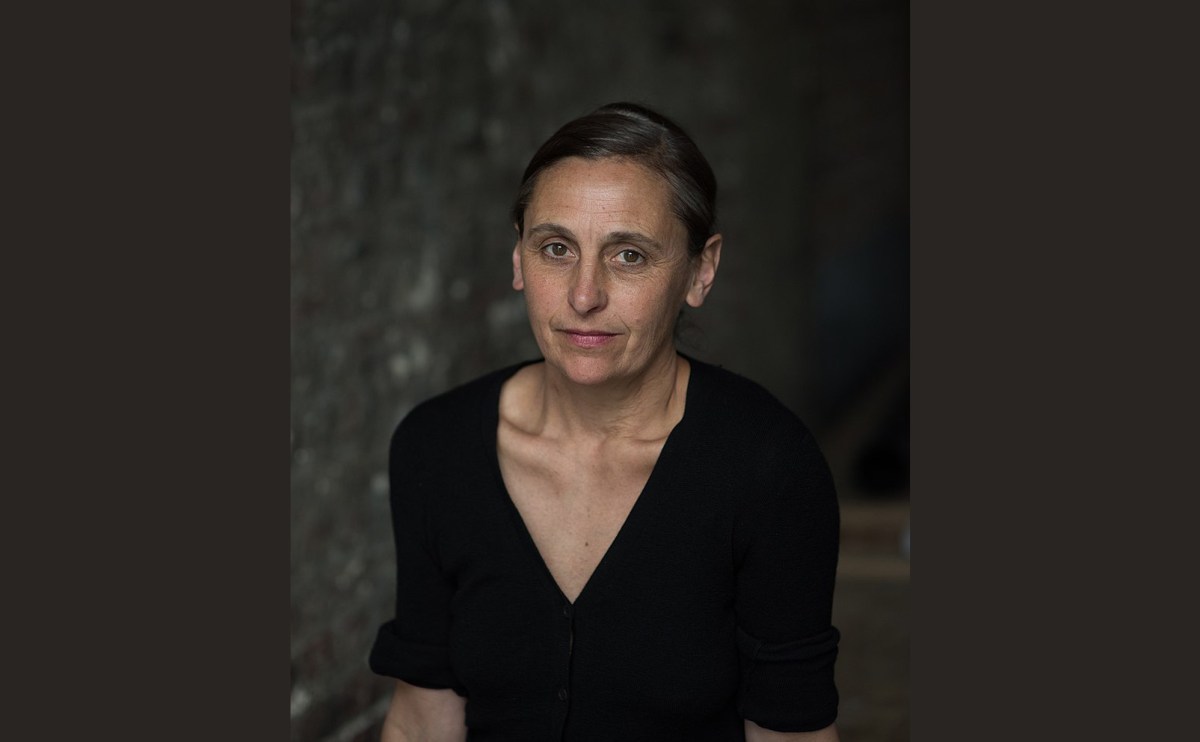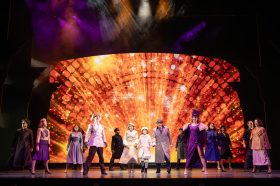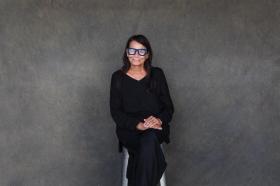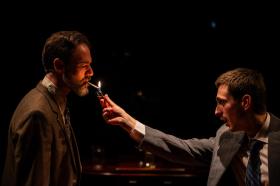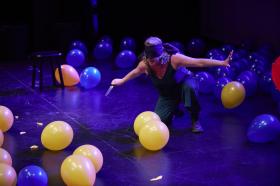It is with some shock and dismay that many in the Australian dance sector have learned about bullying accusations levelled against one of their all-time dance heroes – the famed Belgian choreographer and founder of Rosas, Anne Teresa De Keersmaeker.
As a recent New York Times article describes it, a group of Rosas dancers went public with complaints earlier this year about De Keersmaeker’s behaviour, saying the director made them feel “worthless” and put their health at risk during the pandemic – neglecting to adhere to COVID safety protocols that were being enforced at the time.
